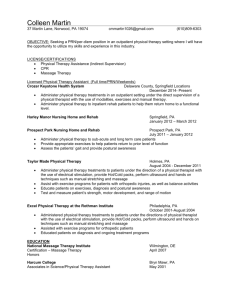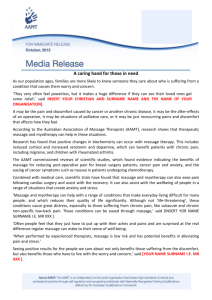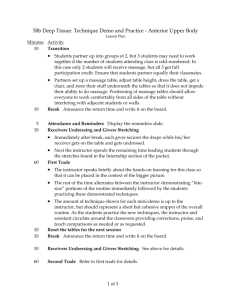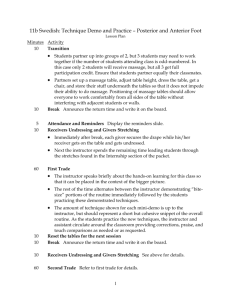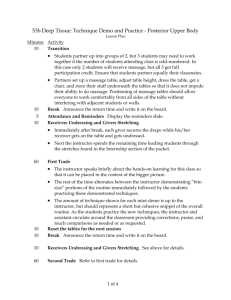HERE - Bark Avenue Daycamp
advertisement
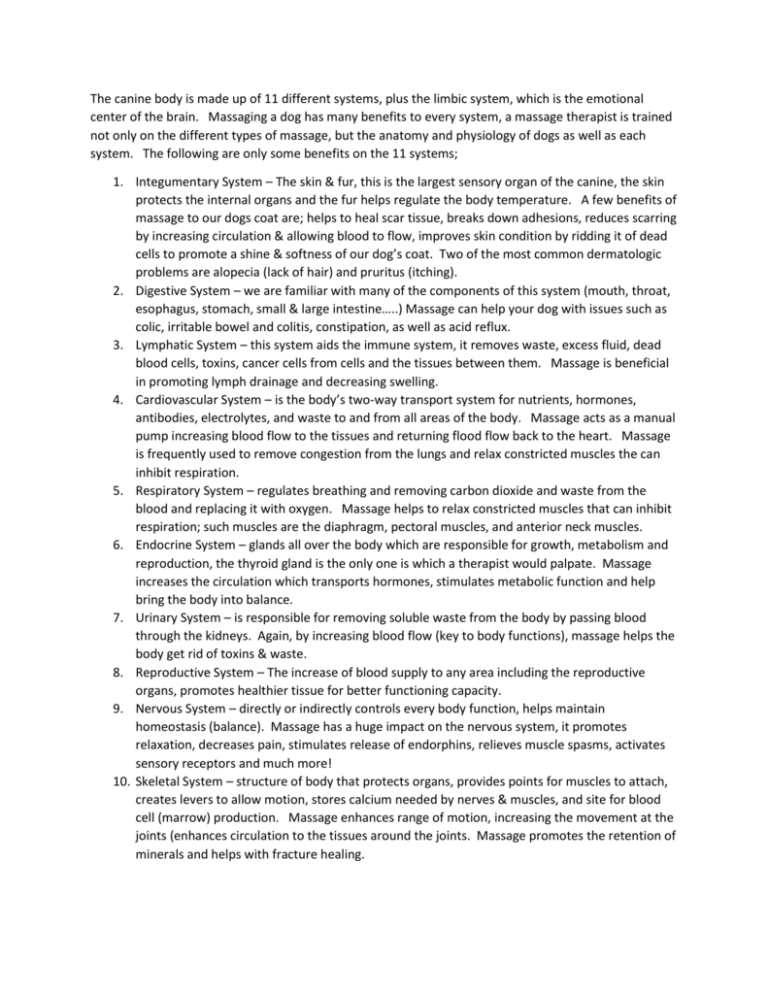
The canine body is made up of 11 different systems, plus the limbic system, which is the emotional center of the brain. Massaging a dog has many benefits to every system, a massage therapist is trained not only on the different types of massage, but the anatomy and physiology of dogs as well as each system. The following are only some benefits on the 11 systems; 1. Integumentary System – The skin & fur, this is the largest sensory organ of the canine, the skin protects the internal organs and the fur helps regulate the body temperature. A few benefits of massage to our dogs coat are; helps to heal scar tissue, breaks down adhesions, reduces scarring by increasing circulation & allowing blood to flow, improves skin condition by ridding it of dead cells to promote a shine & softness of our dog’s coat. Two of the most common dermatologic problems are alopecia (lack of hair) and pruritus (itching). 2. Digestive System – we are familiar with many of the components of this system (mouth, throat, esophagus, stomach, small & large intestine…..) Massage can help your dog with issues such as colic, irritable bowel and colitis, constipation, as well as acid reflux. 3. Lymphatic System – this system aids the immune system, it removes waste, excess fluid, dead blood cells, toxins, cancer cells from cells and the tissues between them. Massage is beneficial in promoting lymph drainage and decreasing swelling. 4. Cardiovascular System – is the body’s two-way transport system for nutrients, hormones, antibodies, electrolytes, and waste to and from all areas of the body. Massage acts as a manual pump increasing blood flow to the tissues and returning flood flow back to the heart. Massage is frequently used to remove congestion from the lungs and relax constricted muscles the can inhibit respiration. 5. Respiratory System – regulates breathing and removing carbon dioxide and waste from the blood and replacing it with oxygen. Massage helps to relax constricted muscles that can inhibit respiration; such muscles are the diaphragm, pectoral muscles, and anterior neck muscles. 6. Endocrine System – glands all over the body which are responsible for growth, metabolism and reproduction, the thyroid gland is the only one is which a therapist would palpate. Massage increases the circulation which transports hormones, stimulates metabolic function and help bring the body into balance. 7. Urinary System – is responsible for removing soluble waste from the body by passing blood through the kidneys. Again, by increasing blood flow (key to body functions), massage helps the body get rid of toxins & waste. 8. Reproductive System – The increase of blood supply to any area including the reproductive organs, promotes healthier tissue for better functioning capacity. 9. Nervous System – directly or indirectly controls every body function, helps maintain homeostasis (balance). Massage has a huge impact on the nervous system, it promotes relaxation, decreases pain, stimulates release of endorphins, relieves muscle spasms, activates sensory receptors and much more! 10. Skeletal System – structure of body that protects organs, provides points for muscles to attach, creates levers to allow motion, stores calcium needed by nerves & muscles, and site for blood cell (marrow) production. Massage enhances range of motion, increasing the movement at the joints (enhances circulation to the tissues around the joints. Massage promotes the retention of minerals and helps with fracture healing. 11. Muscular System – muscles stabilize joints, generate heat and maintain posture. Massage increases blood flow to the tissues and reduces edema (swelling), scar tissue, muscle spasms, restores muscle function by enabling movement. Massage is used to recover overused, tired muscles before any type of activity and to sooth. The Limbic System is a complex set of brain structures, it supports a variety of functions, including emotion, behavior, motivation, long-term memory and olfaction. Massage is very important to calm dogs, help with behavior, aggression, all around wellness. Any well trained canine massage therapist has also studied behaviors and calming signals, knowing how to read a dog’s body language is a key component, as well as being intuitive with lots of study, practice patience and love of dogs!


